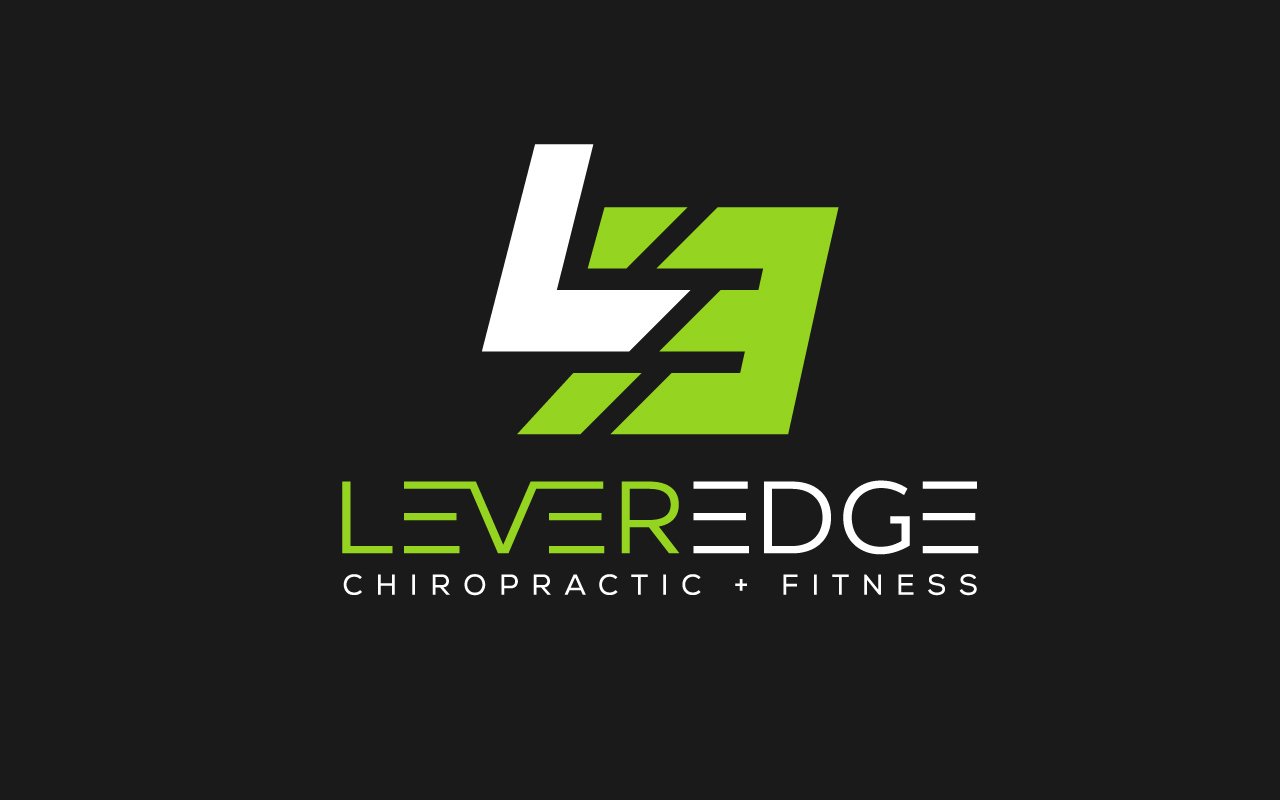Move Well First, Then Move Often
For face value, the phrase “move well, move often” is fairly straightforward. I think everyone will agree it is both important to move well and move often in order to live a healthy lifestyle. But this saying goes a little deeper than just that. It is the order the words are placed in that holds such great significance.
This is a phrase we say often, but unfortunately, cannot take credit for. This particular saying was first said by Gray Cook, co-founder of the Functional Movement Systems, which is what our practice is so heavily based on.
Gray’s intentions with his ethos “move well, move often” is to place a great importance on attaining great movement quality, “move well”, before you attempt to jump into a regular exercise routine, “move often”. The fact of the matter is this is definitely a “if this, then that” type of scenario where, if you reverse the order, you might find yourself in a bad situation with several chronic type injuries while trying to engage in regular physical activity.
How many times have you seen the person who seems to always be babying a minor injury or pain, but they’re always in the gym working out? They may say things like “well I just don’t do that exercise because it bothers my (insert any body part)”. Yet, they never stop to think for a second that it might be the other exercises they’re doing that is causing the issue.
Does this mean that some exercises are bad while others are good? Of course not. But some exercises might be bad for one person, at one particular time. Let’s take the example of the desk worker who sits in front of a computer all day long with a flexed forward posture. This person might have decreased range of motion in their upper back because of this and are more susceptible to neck and shoulder pain. If this individual were to try to do an exercise that requires a lot of upper back range of motion, they might find themselves in a painful situation rather quickly, from compensation from other areas of their body.
So the question remains: should they avoid these exercises? We would say no, and instead suggest they gain an understanding of their limited range of motion and perform exercises that are aimed at improving this range of motion. Once a proper movement quality is attained, they can then jump back into whatever exercise they want to!
This is just one example of the importance of the phrase “move well, move often”. If you are someone who feels like you could benefit from a general movement screen in order to move well, reach out to a local musculoskeletal health specialist.
And remember, pain with movement is not normal. At no point in time should you “exercise out” a pain or discomfort. This is your brain’s natural way of communicating with you to let you know something is off. So listen to it. Work on moving well, then and only then should you move often.
Yours in health,
Team LeverEdge

